Summary
The Inga Stone, also known as the Itacoatiara do Inga, is a mysterious archaeological artifact located in Paraíba, Brazil. This unique stone, measuring approximately 250 feet in length, is renowned for its intricate carvings and inscriptions. The petroglyphs etched into the stone depict a variety of scenes and symbols, including geometric shapes, zoomorphic figures, and possibly celestial bodies. The origin, age, and purpose of the Inga Stone are subjects of ongoing debate among researchers, with theories ranging from ancient civilizations to extraterrestrial beings. Despite the uncertainty surrounding its history, the Inga Stone remains a fascinating artifact that continues to captivate scholars and tourists alike.
Get your dose of History via Email
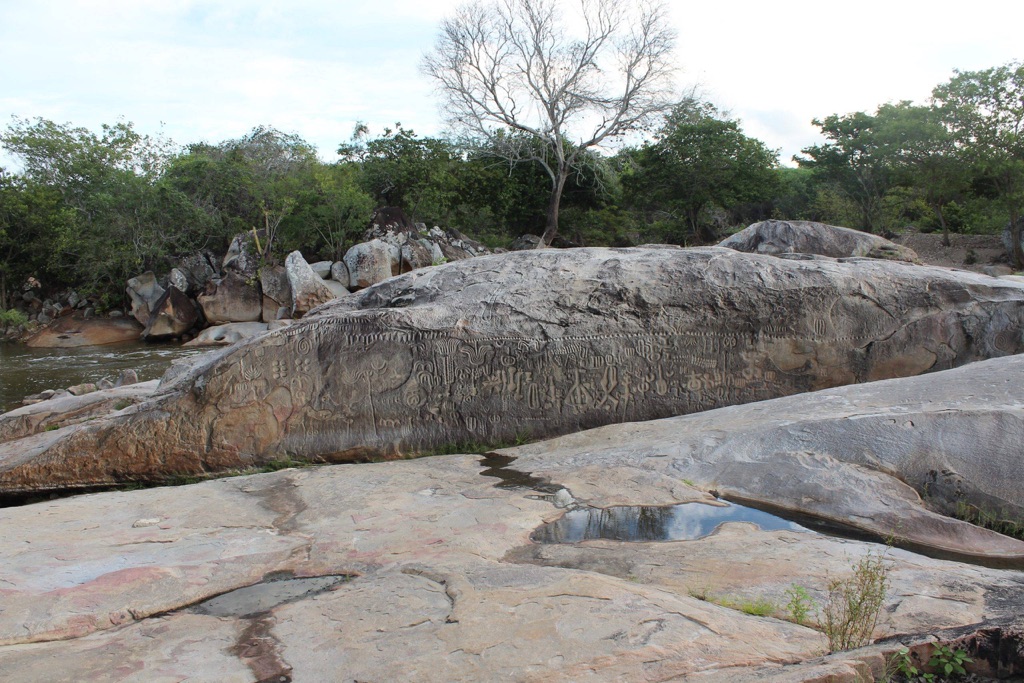
What is the significance of the inscriptions on the Inga Stone?
The inscriptions on the Inga Stone are its most distinctive feature. These carvings, which cover an area of about 250 feet, consist of numerous symbols and figures. Some researchers believe that these inscriptions depict scenes of historical or mythological significance, while others propose that they represent a form of ancient writing or symbolic language.
Among the most commonly identified symbols are geometric shapes, such as circles, spirals, and zigzag lines. These shapes are often interpreted as representations of celestial bodies or natural phenomena. For instance, some scholars suggest that the spirals could symbolize the sun or the passage of time, while the zigzag lines might represent lightning or water.
Alongside these geometric symbols, the Inga Stone also features several zoomorphic figures. These figures, which resemble animals or mythical creatures, are thought to hold particular significance in the culture that created the stone. However, their exact meaning remains a subject of debate.
Despite the various interpretations, the true significance of the inscriptions on the Inga Stone is still unknown. The lack of a definitive translation or decipherment means that the inscriptions continue to be a source of mystery and speculation.
Regardless of their exact meaning, the inscriptions on the Inga Stone offer valuable insights into the beliefs and knowledge of the culture that created them. They also serve as a testament to the artistic and technical skills of this ancient civilization.
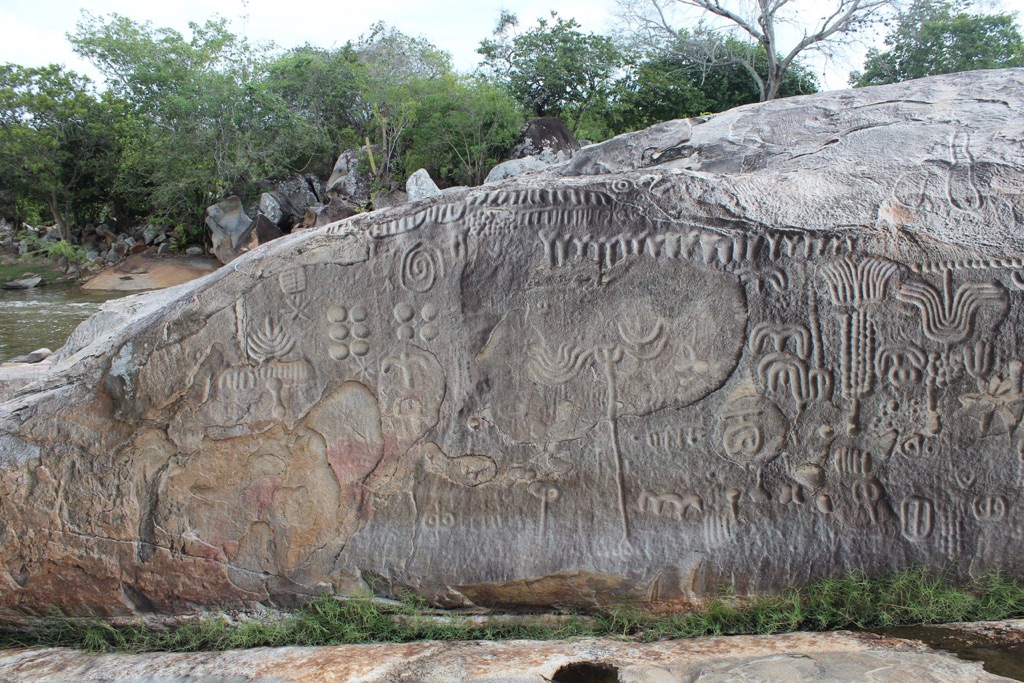
What theories exist about the origin and purpose of the Inga Stone?
The origin and purpose of the Inga Stone are subjects of ongoing debate among researchers. One of the most popular theories proposes that the stone was created by an ancient civilization, possibly the indigenous peoples of Brazil. According to this theory, the stone served as a form of historical record or religious artifact, with the inscriptions depicting important events or spiritual beliefs.
Another theory suggests that the Inga Stone was the work of extraterrestrial beings. Proponents of this theory point to the complexity and precision of the inscriptions, arguing that they exhibit a level of knowledge and technology beyond that of ancient civilizations. However, this theory is often met with skepticism and lacks substantial evidence.
Some researchers propose that the Inga Stone was used for astronomical observations. The geometric symbols, particularly the spirals and circles, are often interpreted as representations of celestial bodies. According to this theory, the stone could have served as a kind of ancient observatory or calendar.
Despite the various theories, the true origin and purpose of the Inga Stone remain unknown. The lack of definitive evidence means that the stone continues to be a subject of speculation and research.
Regardless of its origin and purpose, the Inga Stone is a valuable archaeological artifact. Its intricate inscriptions offer a glimpse into an ancient culture, while its mystery continues to captivate scholars and enthusiasts alike.
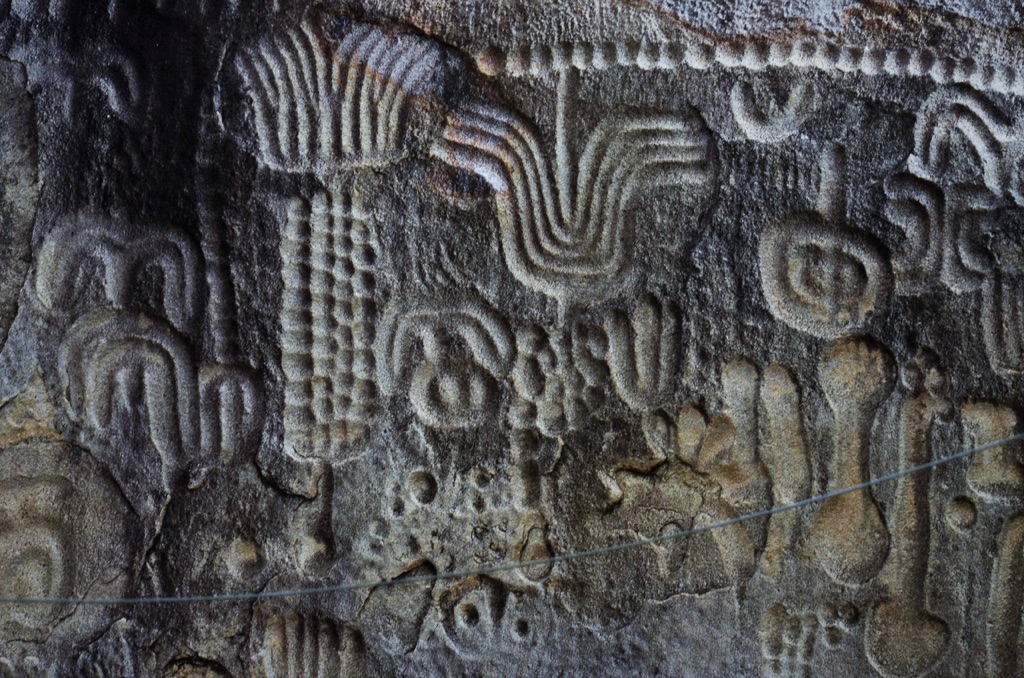
Where is the Inga Stone located and can it be visited by the public?
The Inga Stone is located in the city of Inga, in the state of Paraíba, Brazil. It is situated near the banks of the Inga River, from which it derives its name. The stone is part of a larger archaeological site known as the Inga Complex, which also includes other rock formations and artifacts.
The Inga Stone is accessible to the public and has become a popular tourist attraction. The site is managed by the local government, which has implemented measures to protect and preserve the stone. These measures include the construction of a protective barrier around the stone and the provision of guided tours.
Visitors to the Inga Stone can observe the intricate inscriptions up close and learn about the various theories regarding their significance. The site also features a small museum, where visitors can learn more about the history and culture of the region.
Despite its popularity, the Inga Stone remains a relatively unspoiled site. The local government has made efforts to limit the impact of tourism on the stone and its surroundings. As a result, visitors can enjoy a unique and authentic experience.
Whether you’re a history enthusiast, a lover of mysteries, or simply a curious traveler, a visit to the Inga Stone is sure to be a memorable experience.
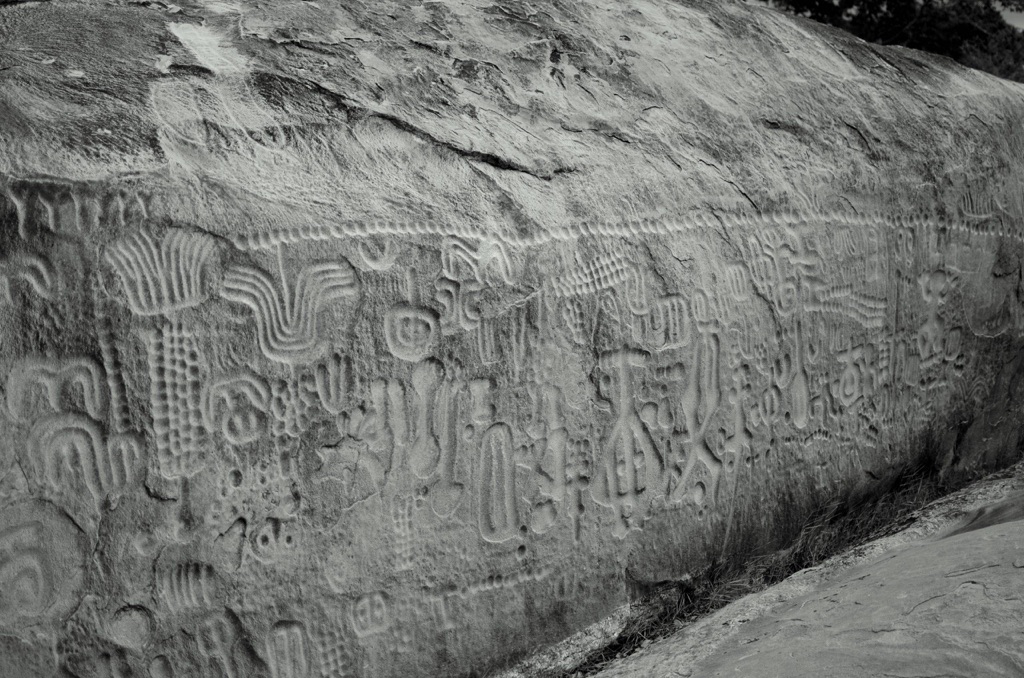
What is the estimated age of the Inga Stone and how was it dated?
The estimated age of the Inga Stone is a subject of debate among researchers. Most estimates suggest that the stone was created between 2,000 and 6,000 years ago. However, the exact age of the stone remains uncertain due to the lack of definitive dating methods.
The most common method used to date the Inga Stone is comparative analysis. This involves comparing the style and technique of the inscriptions with those of other known artifacts. Based on this method, some researchers suggest that the stone was created during the late prehistoric period, while others propose a more recent date.
Another method used to date the Inga Stone is lichenometry. This involves measuring the growth of lichens on the stone, which can provide an estimate of its age. However, this method is often considered less reliable due to the variability of lichen growth rates.
Despite the various methods, the true age of the Inga Stone remains unknown. The lack of a definitive date means that the stone continues to be a subject of research and speculation.
Regardless of its exact age, the Inga Stone is a valuable archaeological artifact. Its intricate inscriptions offer a glimpse into an ancient culture, while its mystery continues to captivate scholars and enthusiasts alike.
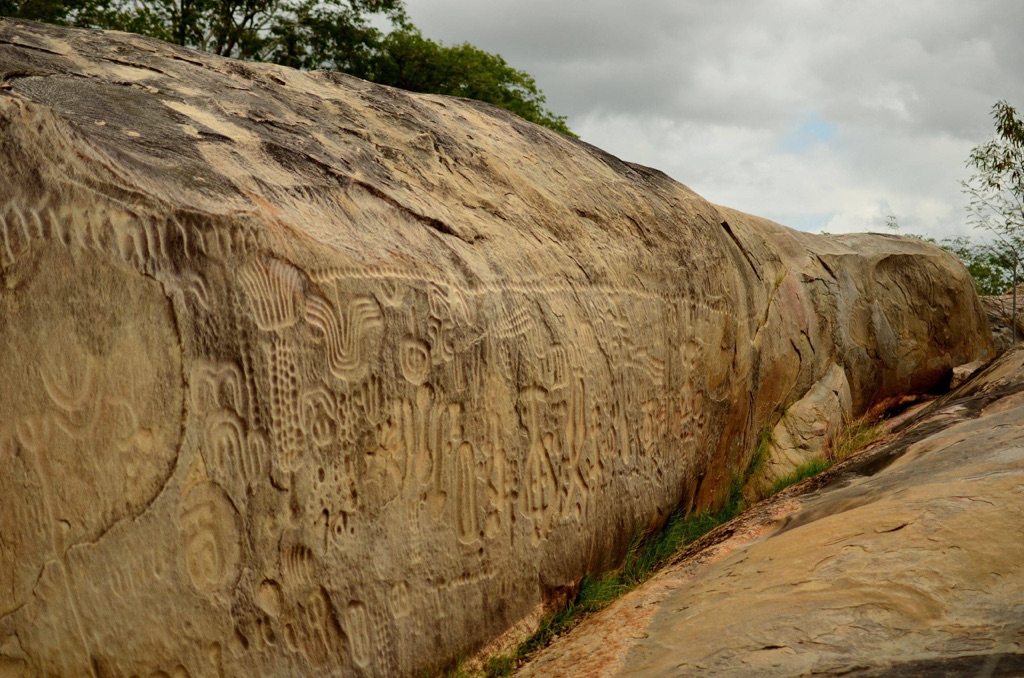
Conclusion and Sources
In conclusion, the Inga Stone is a fascinating archaeological artifact that continues to captivate scholars and tourists alike. Despite the uncertainty surrounding its origin, age, and purpose, the stone offers valuable insights into an ancient culture and serves as a testament to the artistic and technical skills of this civilization. As research continues, it is hoped that more light will be shed on the mysteries of the Inga Stone.
For further reading and research, the following sources provide more detailed information about the Inga Stone:
FAQs
1. What is the cultural significance of the Ingá Stone?
Answer: The Ingá Stone holds immense cultural significance as one of Brazil’s earliest protected rock art monuments. It offers insights into the beliefs and culture of the indigenous people of the region.
2. What do the enigmatic carvings on the Ingá Stone depict?
Answer: The exact meanings behind the carvings remain uncertain. However, they are believed to represent elements related to astronomy, animals, and fruits.
3. How can I visit the Ingá Stone site?
Answer: The Ingá Stone site is located near the town of Ingá in northeast Brazil. It is easily accessible via a well-connected road and is open to the public. Visitors are required to sign in at the visitor book, and there is no entrance fee associated with visiting this historical site.
4. What challenges does the Ingá Stone face for preservation?
Answer: The Ingá Stone is exposed to natural deterioration processes such as wind, rain, floods, and temperature fluctuations. Additionally, human interference poses challenges in preserving this historical treasure.
5. Are there other historical sites to visit in Brazil?
Answer: Yes, Brazil is home to numerous historical sites, including the National Historical Museum and the ancient ruins of São Miguel das Missões. Exploring these sites allows visitors to delve deeper into Brazil’s rich historical heritage.


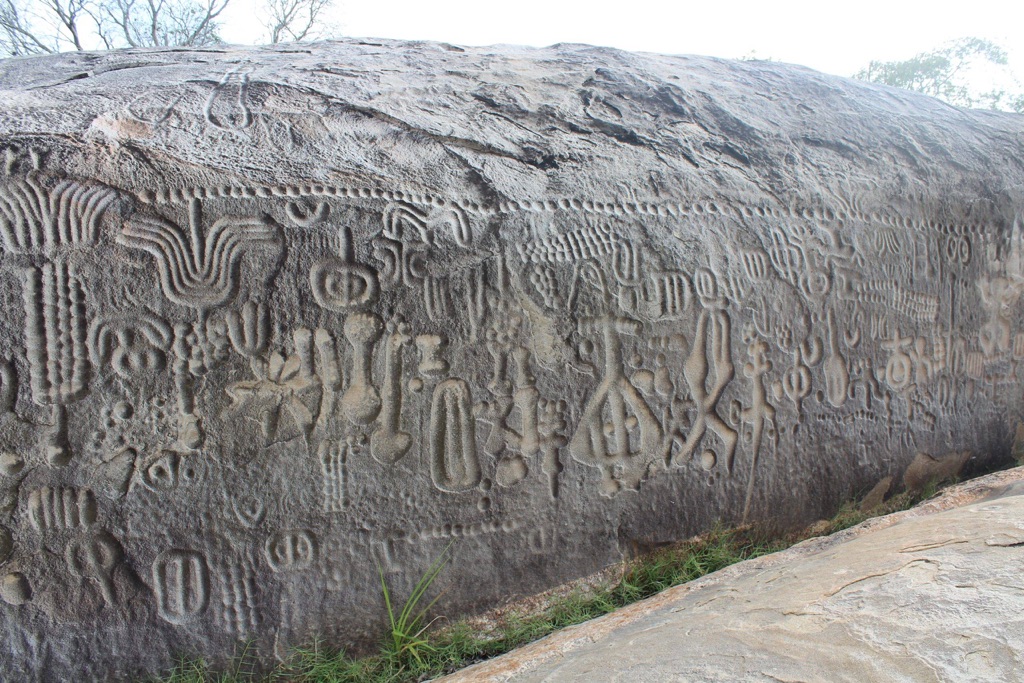
Amazing, mysterious. Stunning and incredible.
It looks like an agricultural record of some sort. I see corn and potatoes and maybe beets or yams. Maybe gourds and cucumbers and an apple or pomegranate of some type. I am not an archeologist or scholar.. just someone who enjoys looking at historical things and pondering what our ancestors and ancient peoples were like.